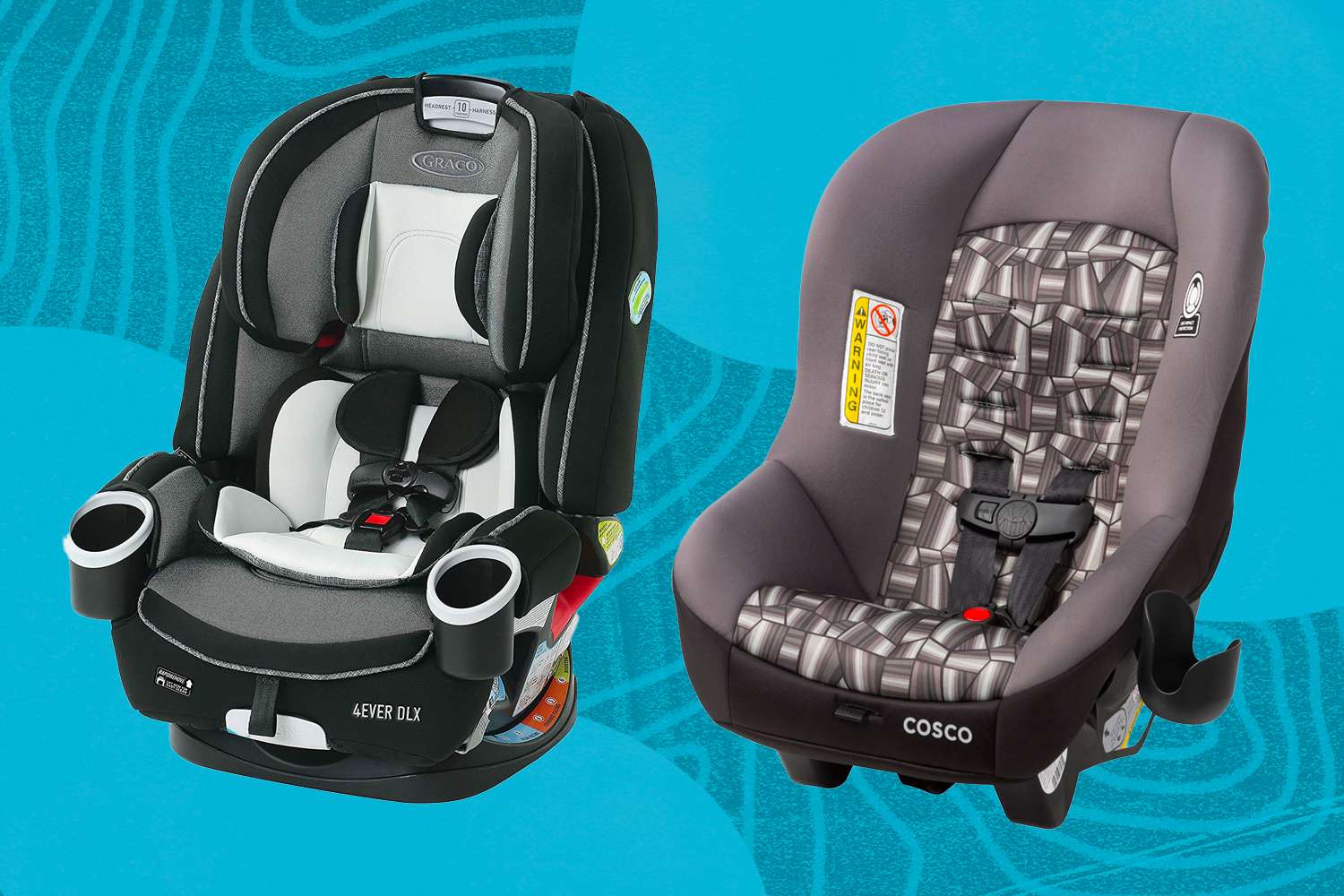Car seats are a cornerstone of vehicular safety, offering protection to passengers of all ages. Whether you’re a parent looking to secure your child or an adult seeking optimal comfort and protection, this comprehensive guide is here to shed light on the importance of car seats and their various types and features.
The Crucial Role of Car Seats
Car seats serve as a critical safety component for passengers of all ages, providing several key benefits:
- Crash Protection: Car seats are designed to minimize the impact forces during collisions, reducing the risk of injuries to passengers.
- Proper Restraint: They ensure passengers are securely restrained, preventing ejections and reducing the severity of injuries in accidents.
- Comfort and Ergonomics: Car seats are engineered for comfort during long journeys, featuring cushioning, adjustable angles, and lumbar support.
- Legal Requirement: Many countries mandate the use of car seats for children and infants to ensure their safety during travel.
Types of Car Seats
Car seats come in various types, each catering to specific age groups and safety needs:
- Infant Car Seats: Rear-facing seats designed for newborns and infants up to 2 years old, providing vital support for their delicate bodies.
- Convertible Car Seats: Versatile seats suitable for infants and toddlers, offering both rear-facing and forward-facing options as children grow.
- All-in-One Car Seats: Multi-stage seats that can be used from infancy through booster seat age, accommodating various developmental stages.
- Booster Seats: Designed for older children who have outgrown forward-facing seats but are still too small for adult seat belts.
Choosing the Right Car Seat
Selecting an appropriate car seat requires considering specific factors:
- Age and Size: Choose a seat that aligns with the passenger’s age, weight, and height to ensure optimal safety.
- Safety Standards: Prioritize seats that adhere to rigorous safety standards set by regulatory agencies in your region.
- Installation Ease: Look for car seats that are easy to install and come with clear instructions, ensuring a secure fit in your vehicle.
- Comfort and Features: Consider seats with adequate padding, adjustable headrests, and other features for enhanced passenger comfort.
- User Reviews and Ratings: Research consumer reviews and safety ratings to gain insights into the real-world performance of different car seat models.
Proper Car Seat Installation and Usage
Proper installation and usage of car seats are vital for optimal safety:
- Read the Manual: Thoroughly review the manufacturer’s instructions to correctly install and use the car seat.
- Positioning: Place the car seat in the rear seat of the vehicle, away from airbags, to minimize potential risks.
- Secure Straps: Ensure harnesses and seat belts are appropriately tightened to keep passengers securely restrained.
- Recline Angle: Adjust the seat’s recline angle as per manufacturer guidelines, especially for rear-facing seats.
- Regular Maintenance: Regularly inspect and clean the car seat, checking for wear, tear, and any needed adjustments.
Conclusion
Car seats are fundamental components of road safety, providing protection and comfort for passengers of all ages. By understanding the different types of car seats, selecting the appropriate one, and ensuring proper installation and usage, you can significantly enhance your safety and that of your loved ones during every journey. Embracing the principles of safety and comfort today will contribute to safer roads and more secure travel experiences for years to come.
